When running a Facebook campaign, it’s very important to manage it daily. The biggest mistake advertisers make is that they don’t micro manage their fb ads.
When you’re spending money on Facebook ads, you simply can’t afford to not check your fb adverts every day because Facebook will spend your budget, regardless of whether your Facebook campaign is bringing you the results you want or not.
But the tricky part, is knowing what to do first, and what to do last. In other words, how to effectively prioritise your Facebook ads daily management.
The first task you should perform on a daily basis is checking your Facebook campaign statistics. During this time is when you decide what to turn off, what to scale and what to leave as it is.
In order to decide how to interpret your Facebook campaign statistics, you will need to know your success metrics. The most common success metrics are:
- Return on ad spend: How much money you’re generating for every dollar you spend on fb ads. For example, if you generated $2,000 in sales after spending $1,000 in Facebook ads, your return on ad spend (also known as ROAS) would be 200%.
- Cost per acquisition: The amount you spent for your Facebook audience to perform a certain action such as complete a form, send an enquiry, purchase an item, clicked on a link, etc…
- Cost per lead: The amount you spent to acquire a lead for your business, usually in the form of them submitting their contact details to you.
There are also other secondary success metrics such as:
- Cost per click: The amount you spent for a single person to click on the link in your Facebook ad. If the amount is high, it could be due to a low relevance score.
- Click through rate: The percentage of people who clicked on your link after it was advertised to them. It is calculated by dividing the number of clicks that your Facebook ad receives with the number of times that your Facebook ad was shown. If your click through rate is low, it could be an indication that your ad is not convincing enough or that your offer is not appealing.
- Conversion rate on landing page: The amount of people who end up following the call-to-action on your landing page. It is calculated by simply taking the number of conversions you’ve had on the specific landing page you are advertising and dividing that by the number of total ad clicks during the same time period. For example, if you had 100 conversions from 1,000 clicks, your conversion rate would be 10%.
If you’d like to take your Facebook marketing to the next level, and increase the results you’re getting from your current Facebook marketing efforts by 10, click here to download my FREE Facebook marketing report. Simply enter your name and email and I’ll instantly send you the report.
Once you know your success metric for your Facebook campaign or multiple campaigns, the next step is to turn off underperforming ads or underperforming Facebook ad sets.
For example, if your success metric was getting leads for up to $5, any ad sets that were getting you leads for more than $5 would be turned off.
Then, look at the Facebook ad sets that are getting you leads for less than $5, and increase your budget by 50% every 3 to 5 days ideally.
You don’t want to increase your budget by too much and too fast, because if you do, Facebook has too much money to spend too fast and won’t optimize your fb adverts on your behalf.
Instead, Facebook will focus on spending your budget as much as possible and as fast as possible.
If there are Facebook ad sets that are getting you leads at $5, which is the maximum you’re willing to spend, then leave them as they are. Don’t turn them off and don’t increase the budget.
Once you’ve looked at your Facebook campaign stats and turned off what needed to be turned off and scaled what needed to be scaled, the third step is to build new Facebook ads, new Facebook ad sets or a new Facebook campaign.
If you’d like to take your Facebook marketing to the next level, and increase the results you’re getting from your current Facebook marketing efforts by 10, click here to download my FREE Facebook marketing report. Simply enter your name and email and I’ll instantly send you the report.
If you turned off an ad set, then you might want to create a new one to test new targeting. Alternatively, if certain fb adverts worked well, you might want to create more similar fb ads.
Then, the fourth phase of your day when advertising on Facebook should be focused on researching a new Facebook target audience. You can start by creating a Facebook target audience similar to the ones that are converting well.
For example, if when you’re targeting Tony Robbins’ fans, and it’s performing well, you could create an advertising audience of Joseph McClendon’s fans.
Joseph McClendon is Tony Robbins’ business partner and happens to have written books with Tony Robbins as well as shares the stage with him.
You can also research new interests, things your Facebook target audience might be interested in.
For example, if you’re in the intermittent fasting niche, you might also want to create a Facebook target audience of people interested in OMAD, which stands for “one meal a day” where people only eat once and then fast for the rest of the day.
You can also look at “audience insights” to gain more information about your Facebook target audience and fine tune your targeting accordingly, or you might want to create Facebook lookalike audiences from the ones that are performing well.
During the Facebook ad targeting research phase of the day, you can also perform searches on Google to see whether there are blogs, forums, publications, experts etc… in your niche so you can target their audiences.
Amazon is also a great place to find books and authors for Facebook ad targeting, and so is Youtube if you’re looking for experts in your niche so you can target their audience.
Make sure when creating Facebook ad targeting audiences that your Facebook audience size is not less than 500,000 people (unless of course it’s a retargeting audience or you’re advertising a local business), and make sure your Facebook audience doesn’t exceed 30 million people.
Then, the fifth phase should be about creating visuals for your fb ads for testing and to combat ad fatigue.
Since creating visuals such as images, videos and slideshows can be quite time consuming, spending a bit of time each day on creating visuals or briefing your graphic designer to create certain visuals, is time well spent.
If you have a list of images that have performed well, spend some time creating different variations of those.
Or, if some fb ads have caught your eye in your Facebook newsfeed, you might want to model them. You can also focus on brainstorming other headlines for your ads during the fifth phase.
And you can brainstorm ideas by looking at other fb adverts running from other people or even looking at article headlines relevant to your offer.
Lastly, the last phase should be focused on educating yourself about Facebook advertising. Since Facebook is always changing and evolving, spend time reading Facebook ad related news or subscribing to Facebook advertising newsletters and podcasts.
You might also want to join forums and read some of the conversations happening around Facebook ads and potentially join some of these conversations.
If you’d like to take your Facebook marketing to the next level, and increase the results you’re getting from your current Facebook marketing efforts by 10, click here to download my FREE Facebook marketing report. Simply enter your name and email and I’ll instantly send you the report.
Remember to also subscribe to our Youtube channel for the latest social media marketing tips and tricks.
About the Author
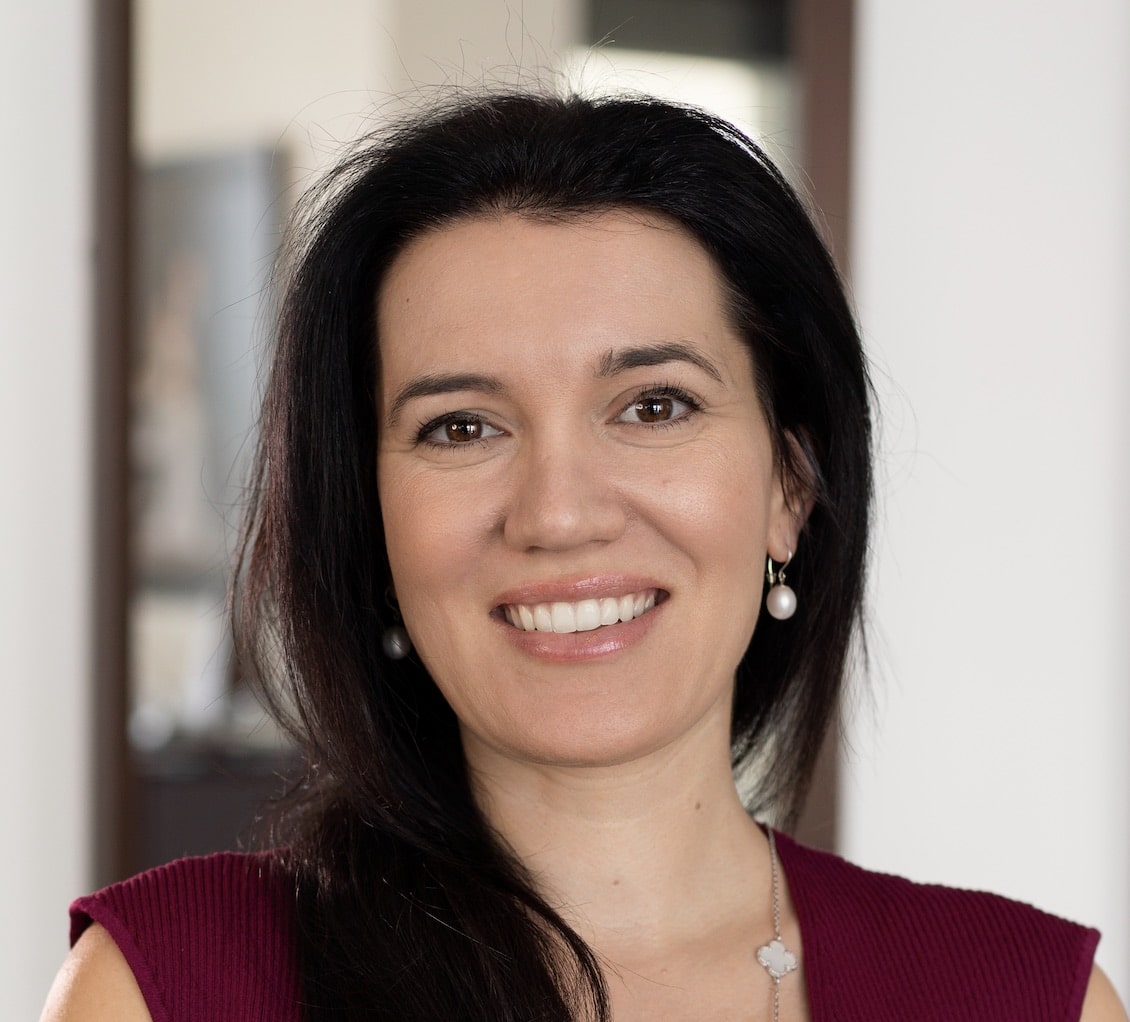
Corinna Essa is known internationally as the go-to person when it comes to social media marketing.
Corinna owns a social media marketing company helping businesses around the world leverage the power of social media without doing any of the legwork. Her company has been featured in many media outlets including Sky Business news, Working Women magazine, Ymagazine, Tasmanian Times, Channel 7 and 101fm.
Corinna is also the author of 2 bestselling books “Money On Demand – The 16 Fastest Ways to Becoming a Millionaire Online” and “Reach: The SECRETS to converting your social media audience into your network marketing downline fast”

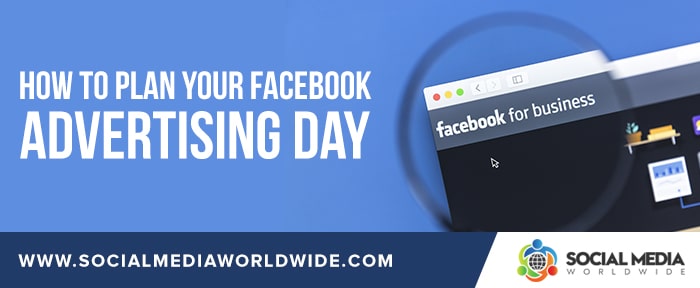

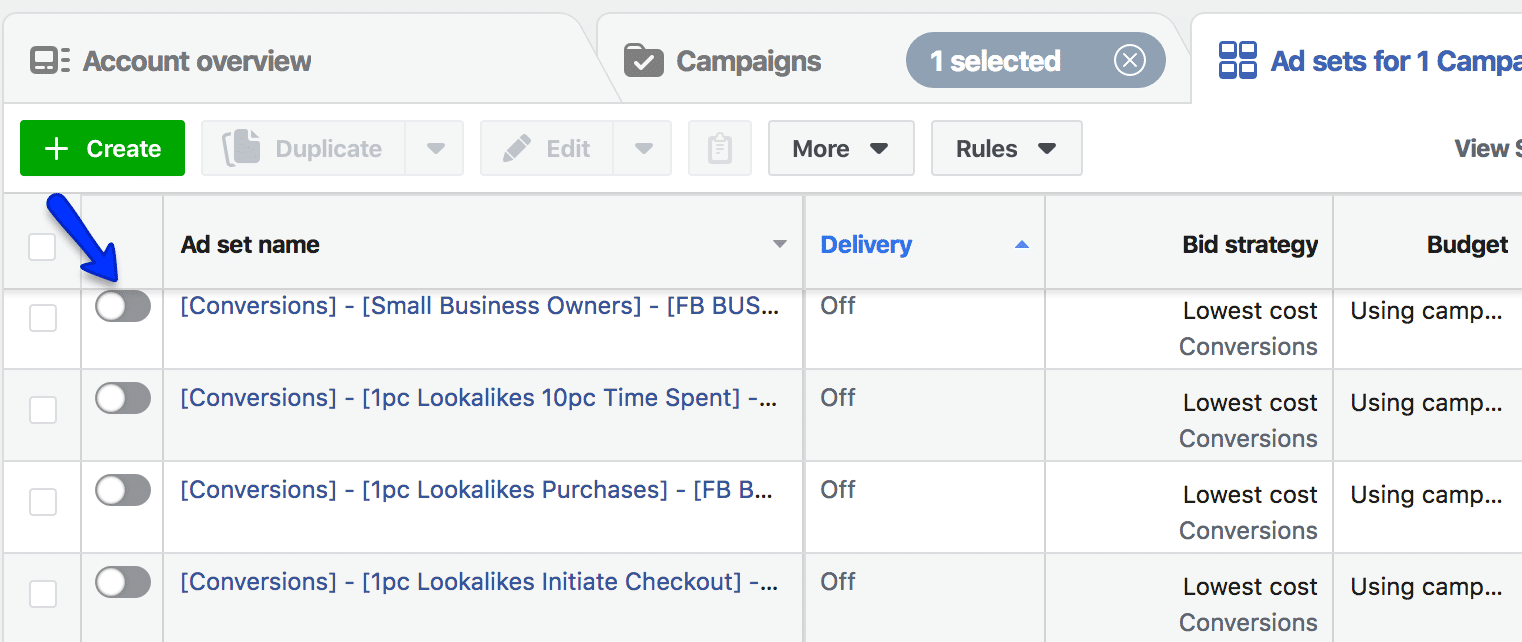
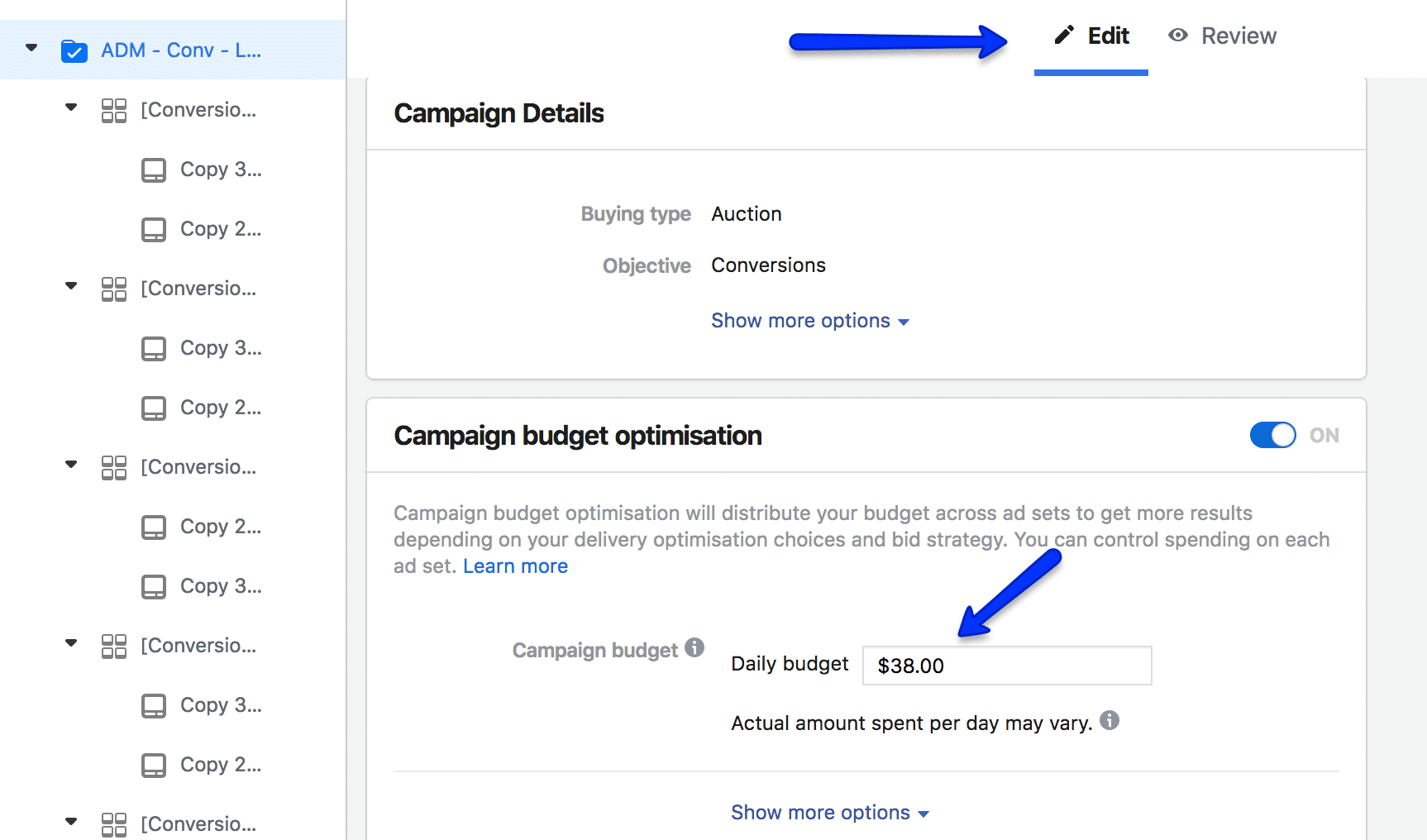
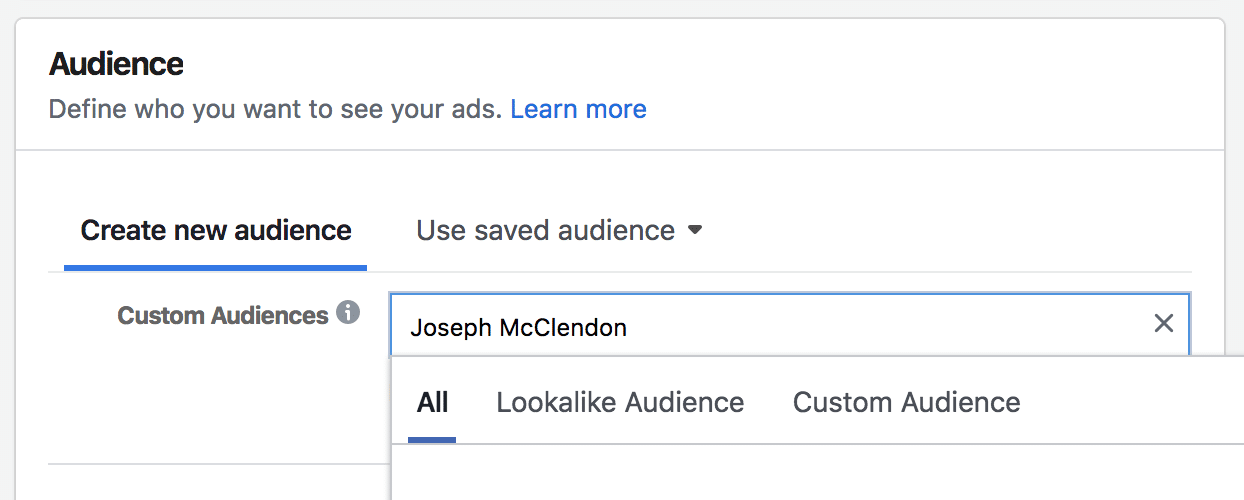
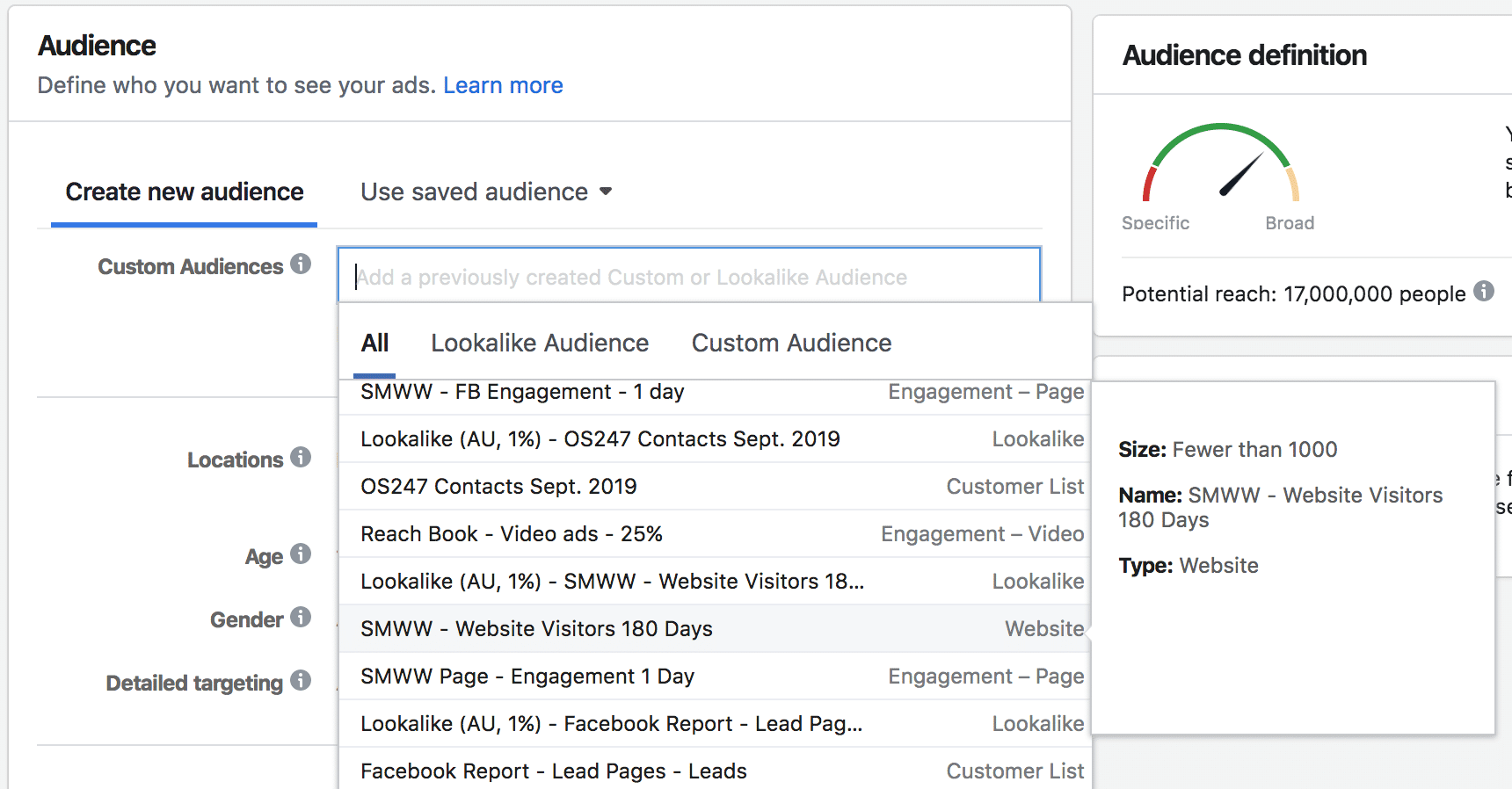


Recent Comments